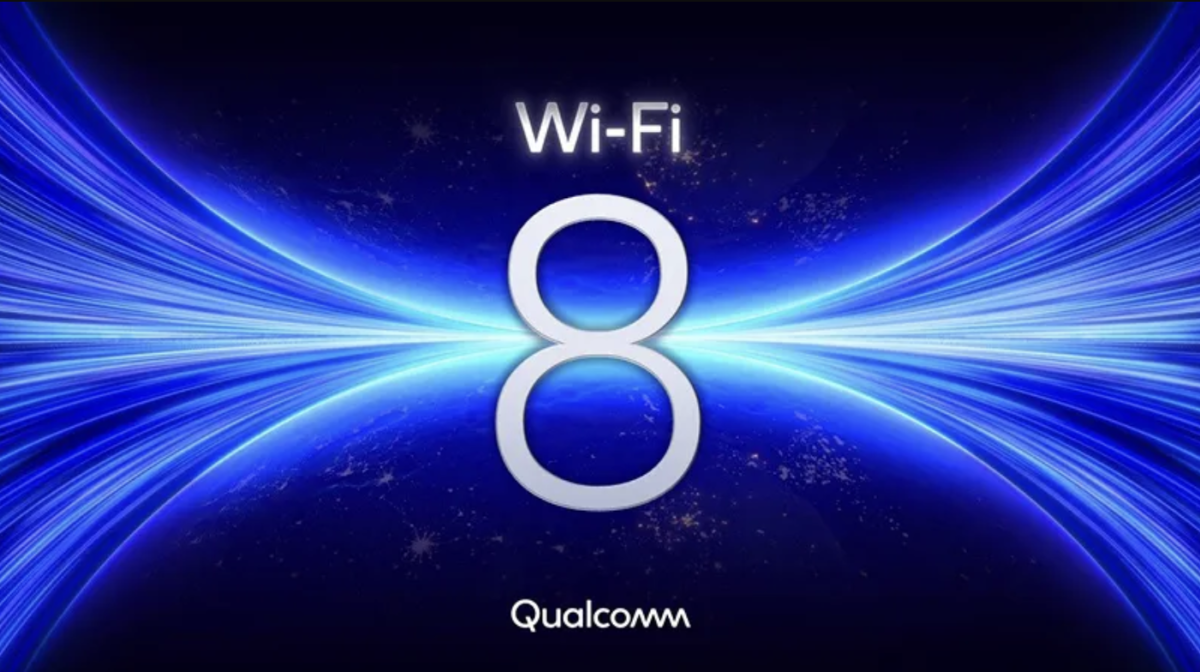Wi-Fi 8: Is It Really Slower Than Expected?

Early details of Wi-Fi 8 have emerged, and the focus is on network efficiency and latency reduction rather than raw speed increases. Will this prioritization create a smoother wireless experience for the future?
The first official details of Wi-Fi 8 are here, and they're sparking some debate in the tech world. While the next-generation wireless standard promises advancements, early specifications suggest it might not deliver the speed boost many were anticipating.
Dubbed IEEE 802.11bn, Wi-Fi 8 focuses on improving network efficiency and reducing latency rather than outright shattering speed records. Think of it as optimizing the flow of traffic on a busy highway, rather than simply adding more lanes. The goal is to create a smoother, more responsive experience for users, particularly in environments with numerous connected devices, like smart homes and offices.
One key aspect of Wi-Fi 8 is its focus on orthogonal frequency division multiple access (OFDMA), a technology already present in Wi-Fi 6 and 7. Wi-Fi 8 builds upon this, allocating network resources more intelligently to reduce congestion and improve overall performance, as well as optimizing Channel Access.
While raw speed may not be the primary focus, Wi-Fi 8 is expected to bring significant improvements in other areas. Lower latency is crucial for applications like online gaming, augmented reality, and virtual reality, where even slight delays can impact the user experience. Improved network efficiency means more devices can connect to the network without experiencing performance degradation.
The final specification for Wi-Fi 8 is still under development, and further enhancements are likely. It's important to remember that wireless technology is constantly evolving, and each new generation brings a unique set of improvements. Wi-Fi 8 may not be a speed demon, but it promises to deliver a more reliable and responsive wireless experience for the increasingly connected world.
The industry is watching closely as the Wi-Fi 8 standard takes shape. As more details emerge, we'll gain a clearer understanding of its potential impact on the future of wireless communication.